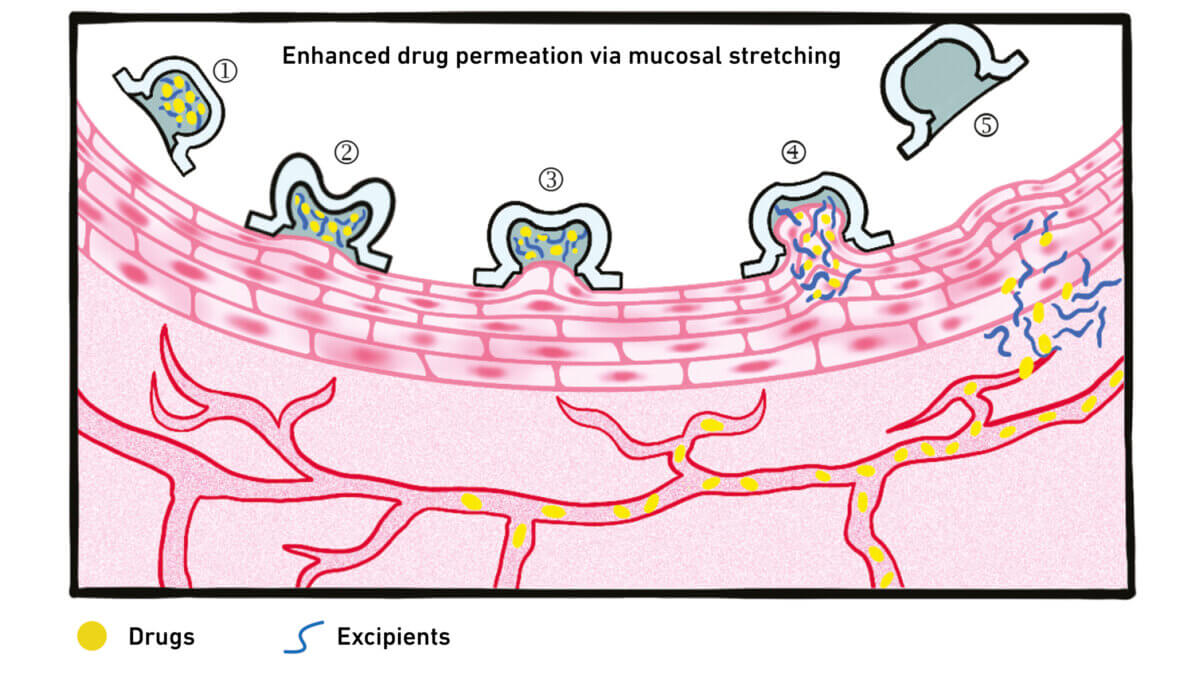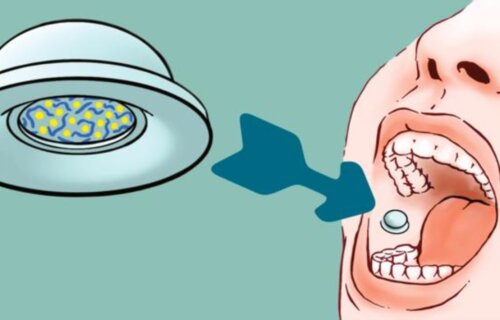ZURICH, Switzerland — Traditional injections might soon become a thing of the past for patients taking peptide-based medications. ETH Zurich researchers have developed a suction cup device designed to deliver large-molecule medications, like peptides, directly into the bloodstream through the inner lining of the cheek.
Many essential medications today belong to the peptide category, utilized for treating conditions like diabetes, obesity, and prostate cancer. Due to their size, these molecules are unsuitable for patients to take in pill form; they either break down in the digestive system or can’t reach the bloodstream. As a result, patients have to resort to receiving a shot.
The ETH Zurich team’s device promises a shift in this paradigm.
“It’s an entirely new method of delivering medications that could spare millions of people the fear and pain associated with injections,” says Nevena Paunović, from the Chair of Drug Formulation & Delivery, in a media release.
Paunović, who was honored with ETH Zurich’s Pioneer Fellowships, is aiming to bring the suction cup to market through the start-up Transire Bio.
The principle behind the device’s function is intriguing. Typically, the inner cheek’s mucosal lining has been challenging for drug delivery due to its dense tissue, especially for large molecules. The suction cup, roughly 10mm in diameter and 6mm tall, when pressed against the cheek lining, creates a vacuum. This action stretches the lining, making it receptive to the drug held in the cup. However, the drug’s journey to the blood vessels requires an added push.
To ensure the drug penetrates deeper tissue layers, the team has incorporated an endogenous agent (a naturally occurring substance in the body) to make the cell membranes more fluid. When patients keep the suction cup in place for several minutes, the medication dissolves in their saliva, making its way effortlessly into the bloodstream through the now accessible mucosal lining.

The inception of this invention has a light-hearted beginning. Zhi Luo, a former postdoc at ETH Zurich, had a peppercorn stick inside his mouth during dinner, sparking the idea of how medications could be kept stationary on slippery surfaces. The journey from this idea to a working model wasn’t without challenges. David Klein Cerrejon, another key researcher, notes that determining the suction cup’s correct shape was pivotal. The team carried out tests on pig cheek linings to ensure the design would be safe and efficient.
The prototype has been successfully trialed on dogs.
“We could see from the blood samples that the suction cup efficiently delivered medications to the dogs’ bloodstreams,” says Klein Cerrejon.
Preliminary tests on 40 human participants have also been promising, with most preferring this new system over traditional injections.
As the team approaches market launch, they’re gearing up for further tests and regulatory compliance checks. Given the peptide market’s immense value, several pharmaceutical giants have already shown interest in this game-changing technology.
The study is published in the journal Science Translational Medicine.


Looks kinda like one of Adamski’s saucers.